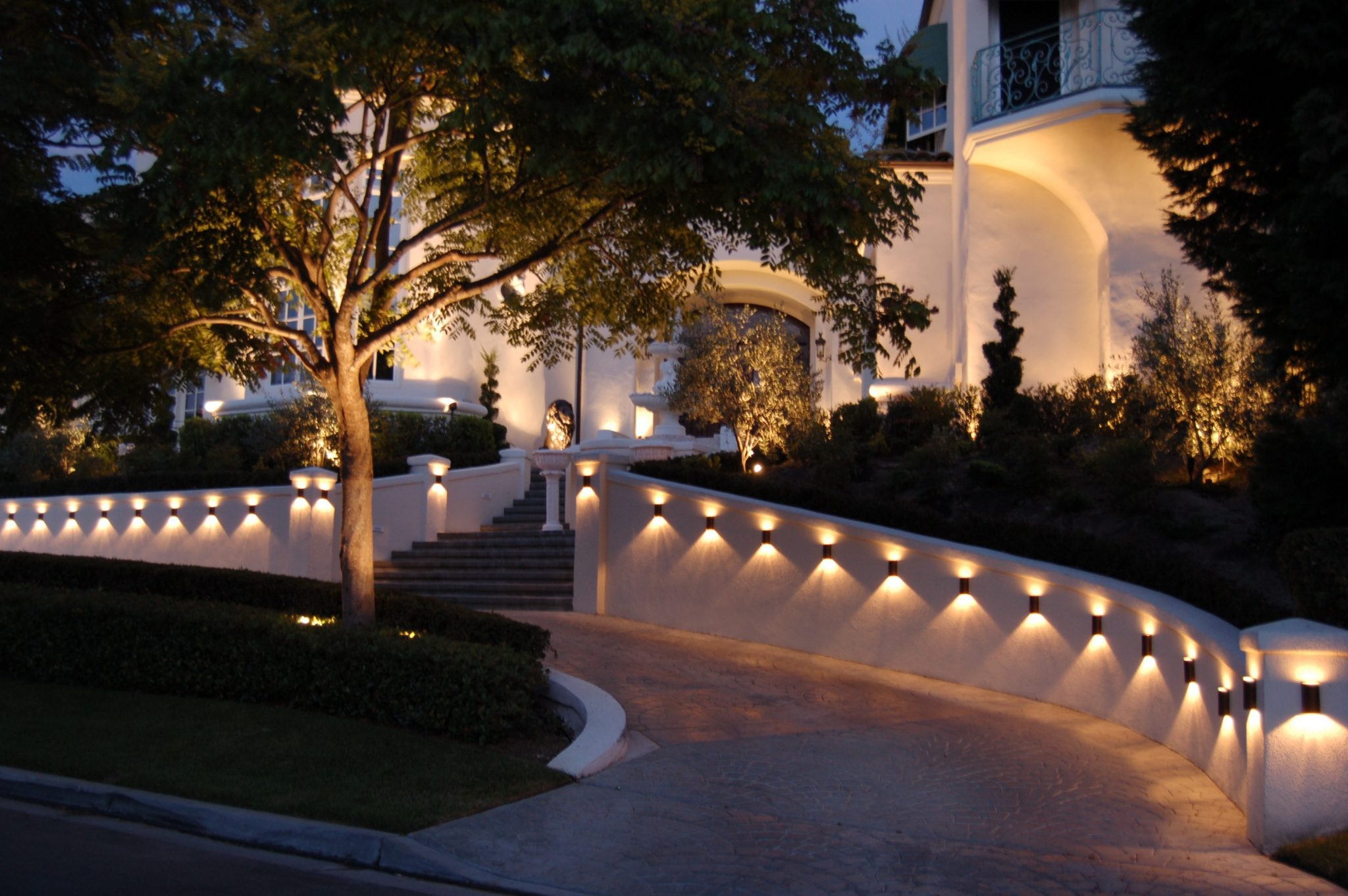
Introduction
In small spaces, lighting plays a crucial role in creating the illusion of a larger and more open area. By employing the right lighting techniques, you can enhance the perception of space and make a small room feel more spacious and inviting. In this article, we will explore various lighting strategies to effectively enlarge and enhance small spaces, backed by research and expert insights.
The Importance of Lighting in Small Spaces

Lighting has a significant impact on the perception of space. In small rooms, inadequate lighting can make the area feel cramped and confined. On the other hand, proper lighting techniques can enhance the visual depth, create an illusion of openness, and improve the overall ambiance of the space. It is crucial to understand the various lighting methods and how they can be utilized to maximize the potential of small spaces.
1. Natural Light

Natural light is the most effective way to open up a small space. It not only brings in warmth and brightness but also creates a connection between the indoors and outdoors. Here are some tips to maximize natural light:
- Keep windows free from obstructions, such as heavy drapes or furniture, to allow unobstructed light flow.
- Use sheer curtains or blinds to diffuse bright sunlight and prevent harsh shadows.
- Consider adding a skylight or light well to introduce additional natural light from above.
2. Strategic Placement of Mirrors

Mirrors are an excellent tool for creating the illusion of space in small rooms. They reflect light and give the impression of an expanded area. Here's how you can use mirrors strategically:
- Place a mirror opposite a window to reflect natural light and make the room appear brighter.
- Install mirrored panels on walls to visually double the size of the room.
- Use a large, statement mirror as a focal point to draw attention and add depth.
3. Layered Lighting

Layered lighting involves combining different types of light sources to create depth and dimension in a small space. It adds visual interest and allows for flexibility in adjusting the ambiance. Here are the key elements of layered lighting:
- Ambient Lighting: Provides overall illumination and sets the mood of the room. It can be achieved through overhead fixtures, recessed lighting, or wall sconces.
- Task Lighting: Focused and localized lighting for specific activities, such as reading or working. Desk lamps, floor lamps, or under-cabinet lighting can serve as task lighting sources.
- Accent Lighting: Used to highlight architectural features, artwork, or decorative elements. This can be achieved through track lighting, picture lights, or adjustable spotlights.
Color Temperature and Small Spaces

Color temperature refers to the warmth or coolness of light. Different color temperatures can significantly impact the perception of space in small rooms. Here's how to use color temperature effectively:
1. Warm Light

Warm light, with a color temperature around 2700K-3000K, creates a cozy and intimate atmosphere. It can make small spaces feel more inviting and comfortable. Warm light works well in bedrooms, living rooms, and dining areas, where a relaxed ambiance is desired.
2. Cool Light

Cool light, with a color temperature around 4000K-5000K, is more energizing and promotes alertness. It can make small spaces appear brighter and more spacious. Cool light is suitable for kitchens, bathrooms, and home offices, where task-oriented activities require focus and clarity.
3. Natural Light Balance

In small spaces, it is essential to strike a balance between natural light and artificial lighting. Natural light tends to have a cooler color temperature during the day and warmer tones during the evening. By incorporating artificial lighting with similar color temperatures, you can create a seamless transition and maintain a harmonious environment.
Space-Enhancing Lighting Fixtures

Choosing the right lighting fixtures is crucial in maximizing the potential of small spaces. Here are some fixtures that can enhance and enlarge the area:
1. Recessed Lighting

Recessed lighting, also known as can lights or downlights, is an excellent choice for small spaces. These fixtures are installed into the ceiling, providing a streamlined and unobtrusive lighting solution. Recessed lights create an illusion of height and make the room feel more spacious. They can be used for ambient, task, or accent lighting purposes.
2. Pendant Lights

Pendant lights are versatile fixtures that can serve as both functional and decorative lighting elements. In small spaces, pendant lights can be used to draw attention upwards, creating a sense of verticality and expanding the perceived height of the room. Opt for slim and minimalistic designs to avoid overwhelming the space.
3. Wall Sconces

Wall sconces are wall-mounted fixtures that provide soft and indirect lighting. They are ideal for small spaces where floor or table space is limited. Wall sconces can be used to frame a mirror, highlight artwork, or add a touch of elegance to the room. Choose fixtures with adjustable arms or shades to direct the light precisely where it is needed.
4. Track Lighting

Track lighting is a versatile lighting solution that allows for flexibility in directing light beams. It consists of a track mounted on the ceiling or wall, with adjustable light fixtures attached. Track lighting can be used to highlight specific areas or objects in a small space, adding depth and visual interest. Opt for fixtures with adjustable heads to achieve the desired lighting angles.
Conclusion
Lighting techniques have the power to transform small spaces and make them feel more open, inviting, and spacious. By leveraging natural light, strategically placing mirrors, incorporating layered lighting, and choosing the right fixtures, you can enhance the perception of space and create a pleasant ambiance. Remember to consider color temperature and strike a balance between natural and artificial lighting. With these techniques, you can make the most out of any small space and enjoy a visually appealing and functional environment.